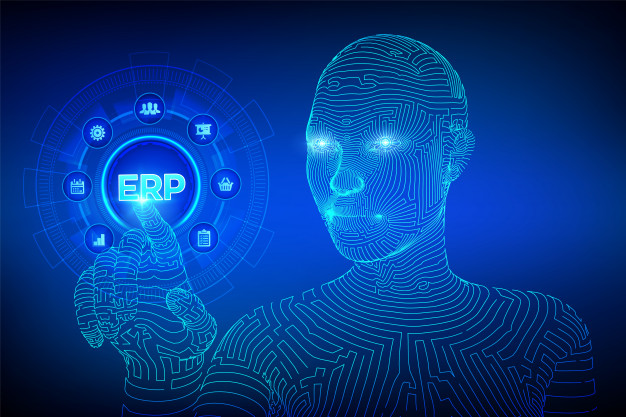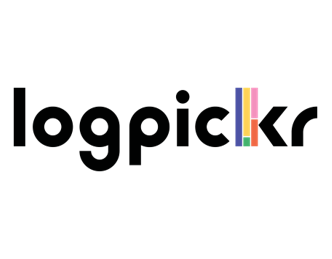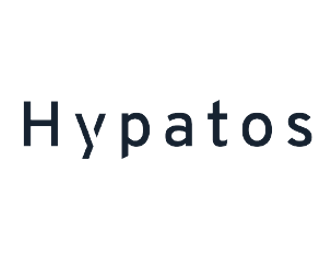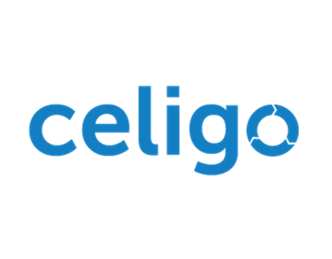123Fab #18
1 topic, 2 key figures, 3 startups to draw inspiration from

Green Hydrogen – Water Electrolysis for a greener future
Hydrogen (H2), alongside renewables and natural gas, could play a key role in the energy transition by fostering the decarbonization of industries, with the versatility to provide mobility, power systems, heat and industrial services. Substituting polluting fossil fuels with hydrogen — which emits water only when burned – could significantly reduce greenhouse gas emissions and stave off climate change.
Although hydrogen is a very low-carbon energy, it does not exist naturally on earth and is mainly produced from a range of more or less environmentally friendly chemical sources and processes. There are commonly three types of hydrogen: grey, blue and green.
- Grey hydrogen is produced by chemical reactions – steam methane reforming and coal gasification – and by the use of carbon-intensive fossil fuels (natural gas, oil and coal).
- Blue hydrogen is produced the same way as grey hydrogen, but the main difference is that it has a lower carbon footprint. This is because hydrogen uses carbon capture technologies that prevent the release of CO2 and allow the captured carbon to be stored and reused in industrial processes. Blue hydrogen is more expensive than grey hydrogen.
- Green hydrogen is produced by the electrolysis of water, which uses an electric current to break apart water molecules (H2O) into hydrogen (H2) and oxygen (O2). If the electrolysis is realized using renewable electricity (solar PV or offshore wind turbines), the resulting hydrogen is the cleanest variety, producing zero carbon emissions.
The global hydrogen production is dominated by grey hydrogen: according to the International Energy Agency (IEA), 96% of the hydrogen manufactured in the world is “grey”, while less than 0.1% is produced by water electrolysis. This is mainly due to the lower price of grey hydrogen production compared to blue and green hydrogen. The IEA estimates the price of grey hydrogen at around €1.50 per kilo – the main cause being the price of fossil fuels – and between €3.50 and €5 per kilo for green hydrogen. The three most critical factors for the high cost of green hydrogen are 1) the limited and costly capacity of electrolysis at the moment, 2) the high price of green electricity used in the electrolysis process and 3) the costs for safe and clean transportation.
The widespread adoption of green hydrogen remains extremely slow, but the future of clean H2 could be bright. Major players are taking action to stimulate R&D around green hydrogen production, transportation and industrial applications. The European Commission, for instance, strongly believes in the prospective use of green hydrogen to decarbonize heavy industries and transportation, as demonstrated by the adoption of the European Green Deal in January 2020 to support innovation in clean hydrogen and low-carbon resources. The Covid-19 crisis has introduced a new impetus: France and Germany plan to collaborate and invest €7bn and €9bn respectively in green hydrogen R&D projects. Large corporate companies, including Shell, Airbus and Chevron, are also seizing the opportunity to invest in clean hydrogen technologies and applications.
The market is still extremely young, and there is still room for progress. Startups are positioning themselves either in the improvement of hydrogen storage, transportation and distribution, or in the development of new applications (fuel cells for vehicles, industrial use cases), or in the development of new alternatives for H2 production and electrolysis methods (such as alkaline, Polymer electrolyte membrane (PEM) or solid oxide electrolysis)
Process mining, neo-ERPs… – How can Artificial Intelligence power the next level of enterprise process automation?
IT Enterprise process automation is not something new: it began in the 1960s with the automation of white-collar work made possible by the invention of computers. Since then, the global adoption of digital technologies has transformed business process management through the integration of ERP (Enterprise Resource Planning) and other applications, but has stagnated at the basic level of screen scraping and data collection.
Enterprise automation now refers to any technology by which a manual process or procedure is performed with minimal assistance – the goal being to optimize the level of human interaction by making machines perform the repetitive manual tasks. Automatable tasks and processes exist across all business functions (Sales, Logistics, Accounting, etc.) with different levels of complexity and power of automation. Some repetitive and rule-based tasks require only basic automation while more complex and interactive tasks require AI-powered automation.
In fact, the most advanced Robotic Process Automation (RPA) systems can only automate repetitive tasks, that account for 10% to 20% of business processes. The increasing advances of Artificial Intelligence (machine learning and deep learning systems, Natural Language Processing, image analysis and predictive analytics), Internet of Things and Blockchain could take automation to the next level by creating new possibilities and benefits for enterprise automation: a next generation of neo-ERP players is emerging, challenging traditional players.
Those challengers focus on providing three types of services:
- Detecting automatable processes with digital twins and process mining tools: companies need to understand their underlying processes in order to optimize them and find opportunities to improve efficiency. In particular, process mining tools could identify trends and patterns to analyze process optimization performances.
- Automating business processes with cognitive automation tools: every company collects a large volume of raw data that needs to be structured into actionable information to be relevant. Cognitive automation tools could bring a high level of automation with better KPIs across the different business functions.
- Integrating with workflow automation solutions, which includes all automated processes in the different business functions. Integration solutions (iPaaS or cloud-based integration softwares) are particularly interesting for companies that do not wish to build in-house tools.
Enterprise automation looks promising on paper. Yet, the transition remains bumpy as integrated automation applications are still expensive and difficult to implement – it could take several years before complex automation tools are fully adopted. In particular, the emerging adoption of full automation in SaaS (at the expense of on-premise softwares) is questionable in terms of financial management (subscription based models) and cybersecurity. It is essential to balance the need for increased process management and the impact of full SaaS on the enterprise’s IT environment.
Nevertheless, the Covid-19 outbreak has urged corporates to adopt digital tools to enable business continuity and remote work. According to Appdynamics, 81% of IT leaders state that Covid-19 has created the greatest technology pressure their organization has ever faced. For this reason, the current situation could first trigger the adoption of detection tools (process mining and digital twins), that could lead to more automation.
2 Key Figures
255 process automation startups
in the world, according to Startup Insights
Market size expected to reach $12.6bn by 2023
According to Markets and Markets, the global digital process automation market size was valued at $6.8bn in 2018 and is expected to reach $12.6bn by 2023.
3 startups to draw inspiration from
This week, we identified three startups that we can draw inspiration from: Logpickr, Hypatos & Celigo.

Logpickr
Logpickr is a French startup that combines Process Mining with Artificial intelligence to provide smart business process analysis and optimization.

Hypatus
Hypatos is a German process automation startup that applies natural language processing and deep learning to speed up document processing for financial functions.

Celigo
Based in the US, Celigo creates an iPaaS integration platform that allows cloud-based applications to work together both for IT and business users.
